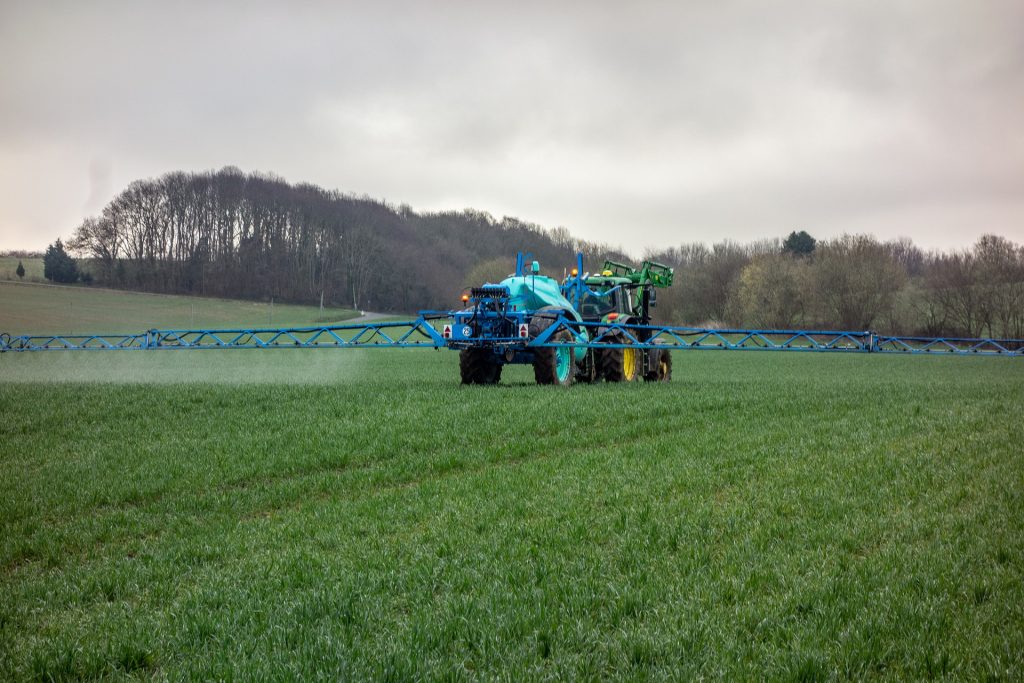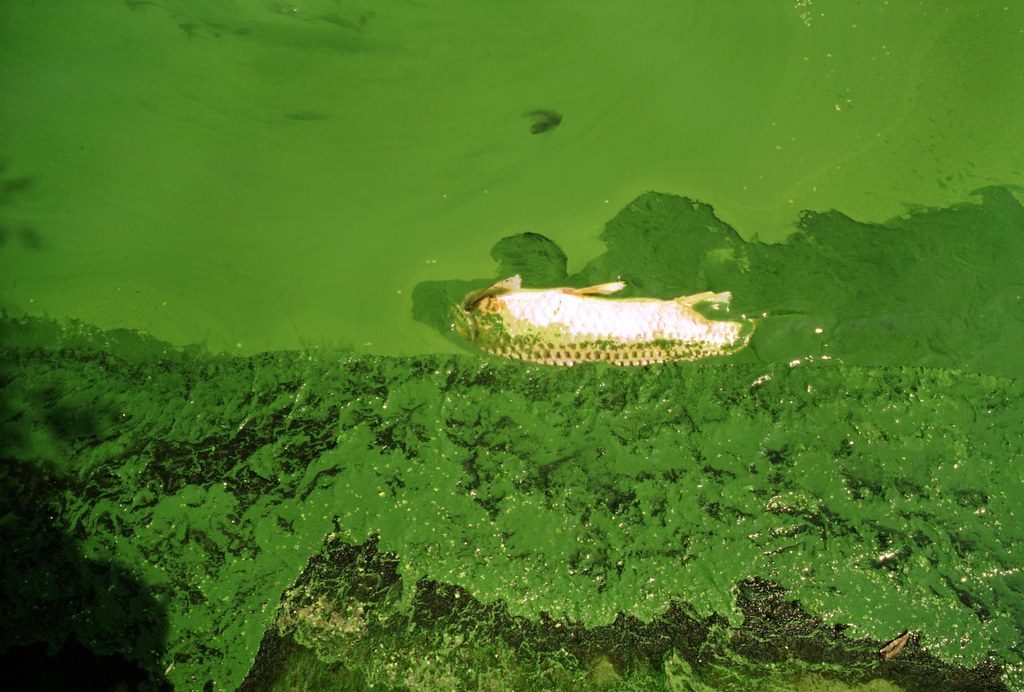Eutrophication refers to algal blooms or excessive growth of phytoplankton (microcosmic plant-like organisms). Eutrophication occurs when there is an excessive amount of mineral and nutrient content in a water body. These nutrients can come from various sources, both natural and artificial. Natural sources are weathering of rocks that contain phosphorus, animal excrement, and other types of organic matter that can be taken to lakes through runoff.
Examples of human activities behind eutrophication are as follows:
- The release of sewerage into rivers and estuaries
- Discharge of wastewater from industrial sites such as meatworks
- Applying fertilizers (whether chemical fertilizers or manure) to agricultural land, golf courses and gardens, which gets washed into rivers and other waterbodies
- Pig-farms and other high-intensity animal farms that produce a lot of manure in a small area
- Activities such as agriculture that increase soil erosion, as soil particles may also carry significant nitrogen and phosphorus loads
- Activities such as feeding ducks on urban ponds, which increases duck populations and duck feces loads
- Pollution of groundwater by sewage in septic tanks or use of greywater on gardens, which subsequently ends up in water bodies

Water pollution occurs when nitrogen and phosphate compounds are released into a water body (lake or pond). Phytoplankton and Algae are left with an excessive amount of nutrients they use for their growth, leading to an algal bloom. The result is a water body overpopulated with plant material, causing much of the algae to decay, adding wastes to the water. Aquatic animals end up deprived of oxygen since algae deplete it during respiration. At the same time, the water acidifies as carbon dioxide is produced the respiration process of the algae.

Eutrophication can be prevented by savvy practices when dealing with wastes.
- Sewerage should not be released into rivers but instead treated before its reuse or dumped.
- The use of fertilizers should be reduced, and the use of slow-release or controlled-released fertilizers should be implemented.
- Reduction in nutrient loads going into sewerage, through (for instance) avoiding the use of detergents containing phosphates
- Riparian vegetation should be restored and maintained, which will help to intercept nutrients from runoff.
- Avoid placing golf courses and intensive animal farms near water bodies.
- At home, we can switch to cleaning agents and detergents that are biodegradable and that do not contain phosphates. To further reduce the number of nutrients that cause an overgrowth of algae in lakes and streams, laws need to be enacted that regulate the dumping of wastewater.
- Better awareness among urban and suburban populations, so that rubbish and autumn leaves do not end up in drains and gardens are not over-fertilized.

